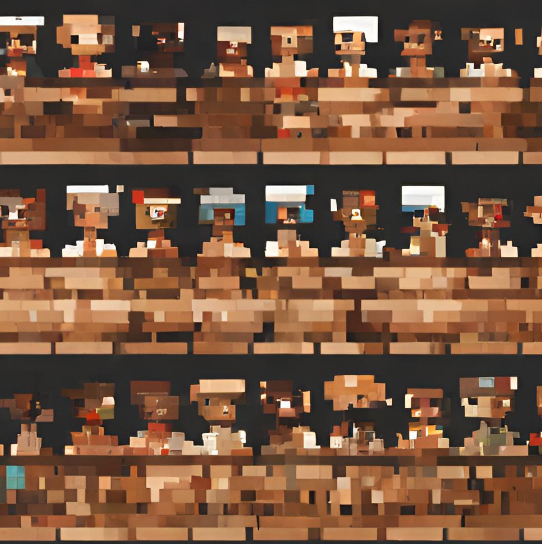187 reads
AccentFold: Enhancing Accent Recognition - Conclusion, Limitations, and References
by
August 28th, 2024
Audio Presented by

Unlocking language's rhythm, harmonizing sound, and meaning - via the newest technologies and technological research.
Story's Credibility

About Author
Unlocking language's rhythm, harmonizing sound, and meaning - via the newest technologies and technological research.
